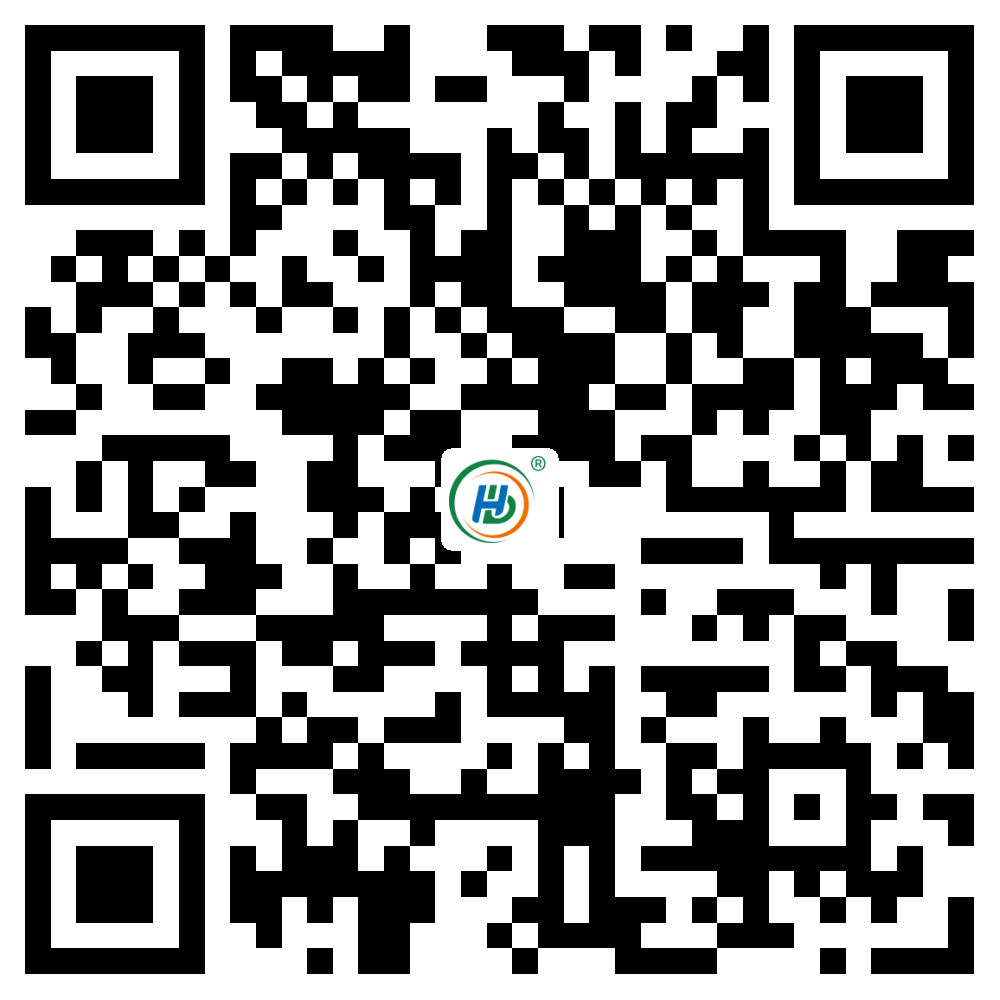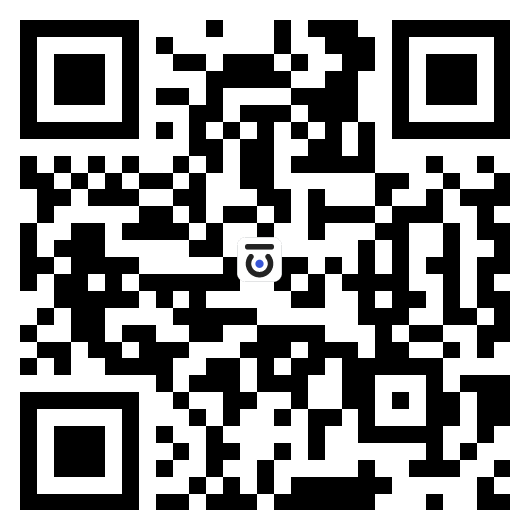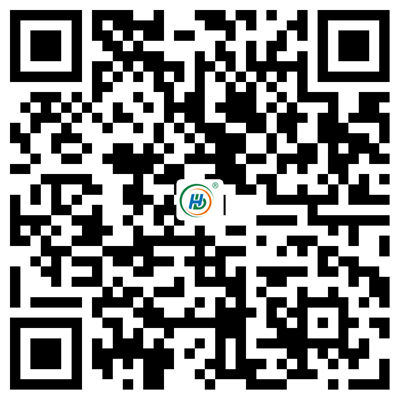上海劲马实验设备有限公司作者
Immunoassays are a powerful technique for detecting and measuring antigens and antibodies. Immunoassays can be classified three ways based on the steps involved:
- antibody capture
- antigen capture
- two-antibody sandwich
Many types of immunoassays can be used to detect and quantitate both antigens and antibodies, but there are differences in the avidity requirements for the antibodies, the signal strengths of the labels, and the amount of background for each of these types of assays. Antibody capture assays are the most appropriate for measuring the titer of the antisera you have generated.
ELISA Procedure for Measuring Serum Antibody Titer
In this type of ELISA (Enzyme-Linked Immunosorbant Assay), the antigen (peptide or protein) is bound to the polystyrene microtiter plate first. The antiserum containing the anti-peptide antibody is then added to the well and allowed to bind. Finally, a second antibody, specific for the first antibody and labeled for detection, is added to the well and allowed to bind. The second antibody usually has an enzyme conjugated to it. This enzyme catalyzes the formation of colored substance, e.g., p-nitrophenol, from a colorless substrate, p-nitrophenylphosphate (Figure 21). This colored substance is then quantified and the amount of antibody present can be calculated.
This procedure has two parts. Part 1 applies to any detection protocol. Part 2 describes two different detection methods. To measure an antibody titer, decide on the detection method first, then complete both Parts 1 and 2.
|
|
| Figure 21. Antibody detection in an Enzyme- Linked Immunosorbant Assay (ELISA) |
Part 1: Antigen and Antibody
Equipment Needed
- Microtiter plates
- Pipettor, 1 mL adjustable
- Eight-channel pipettor (optional)
- UV/vis microtiter plate reader
- Pipette tips
Solutions to Prepare for the ELISA Procedure
- Sodium carbonate (Na2CO3) buffer, 50 mM, pH 9.6 with 0.02% NaN3
- PBS-T (PBS containing 0.05% Tween-20)
- 3% BSA in PBS-T
- Sodium acetate (NaOAc), 0.1 M
ELISA Procedure
Run duplicates or triplicates of each of antiserum dilution. The ELISA template in Table 3 can be used to track the experiments.
- 1. Choose the detection method.
Note: If you choose horseradish peroxidase detection, omit the sodium azide from the buffers. - 2. Prepare buffer solutions.
- 3. Prepare a solution of the peptide, protein or peptide/conjugate (10 µg/mL with respect to the peptide or protein) in sodium carbonate buffer.
- 4. Pipette 200 µL of either peptide, peptide carrier conjugate, or sodium carbonate buffer (for controls) in the individual wells of the microtiter plate.
Table 3. ELISA Template
1 | 2 | 3 | 4 | 5 | 6 | 7 | 8 | 9 | 10 | 11 | 12 | |
A | ||||||||||||
B | ||||||||||||
C | ||||||||||||
D | ||||||||||||
E | ||||||||||||
F | ||||||||||||
G | ||||||||||||
H |
- 5. Cover the plate and incubate for three hours at room temperature or overnight at 2-6°C.
- 6. Remove unbound antigen by washing three times with the PBS-T buffer. A squirt bottle is a handy way to add the buffer to the wells. Remove the antigen solution and washes by inverting the plate quickly and tapping the bottom on paper towels to remove any drops. This ensures that there is no cross contamination or dilution.
- 7. Block the remaining adsorption sites by adding 300 µL of 3% BSA/PBS-T to each well. Incubate for one hour at room temperature.
- 8. Wash the plates twice with PBS-T.
- 9. Prepare a 1:50 dilution of the sera by pipetting 60 µL of the sera into 2940 µL of PBS-T. Use microcentrifuge tubes with flip-top caps. Store all dilutions on ice.
- 10. Prepare serial dilutions using the dilution schedule in Table 4.
Table 4. Serial Dilution Schedule | ||
Antiserum |
BSA/PBS-T (µL) |
Dilution (µL) |
|
|
|
|
|
|
|
|
|
|
|
|
|
|
|
|
|
|
- 11. Vortex the tubes well. Store all dilutions on ice.
- 12. Pipette 200 µL of the antisera dilutions into the wells.
- 13. Incubate for three hours at room temperature or overnight at 2-6 °C.
- 14. Wash with PBS-T to remove the unbound antibodies.
The next step (Part 2) is detection of the amount of antibodies bound to the plate. You can choose either of the procedures described.
Notes on ELISA Procedures
- 1. Binding of peptides to microtiter plates can be problematic in that the peptide may not bind or may bind in a configuration that masks or distorts the epitopes so that they are not recognized by the antibody. For alternative binding methods, see Wisdom (1994), Chapter 6.
- 2. It is important to check the specificity of your anti-peptide antiserum towards the protein of interest. This can be done by a number of methods, including immunoblotting (using denaturing and native gels) and immunocytochemistry. For protocols of both these methods, see Harlow and Lane (1988).
Part 2: Antibody Detection and Measurement
Detection Using Alkaline Phosphatase
Reagents for Alkaline Phosphatase Detection
- Goat anti-species IgG whole molecule/alkaline phosphatase conjugate that is appropriate for the source of your antiserum.
For example, if the antibodies were raised in a rabbit, use goat anti-rabbit IgG whole molecule/alkaline phosphatase conjugate
- p-Nitrophenyl phosphate
- Sodium carbonate buffer, 0.05 M pH 9.8, containing 1 mM magnesium chloride (MgCl2)
- Sodium hydroxide (NaOH), 2 M
Procedure for Alkaline Phosphatase Detection
- 1. Prepare a dilution of the goat IgG/alkaline phosphatase conjugate (usually 1:1000 or greater) that is appropriate to the source of your antibodies in PBS-T. Pipette 200 µL of this solution into each of the wells and incubate for three hours at 37 °C or overnight at 2-6 °C.
- 2. Remove the unbound conjugate by washing with PBS-T.
- 3. Add 200 µL of a 10 mg/mL so, lution of p-nitrophenyl phosphate in 0.05 M sodium carbonate buffer (pH 9.8, containing 1 mM MgCl2), slowly at room temperature until a yellow color develops, approximay 10-60 minutes.
- 4. Add 50 µL of 2 M NaOH to stop the reaction.
- 5. Measure the absorbance of each well at 405 nm.
Detection Using Horseradish Peroxidase
Reagents for Horseradish Peroxidase Detection
- 1. Goat anti-species IgG whole molecule/horseradish peroxidase conjugate that is appropriate for the source of your antiserum.
- For example, if the antibodies were raised in a rabbit, use goat anti-rabbit IgG whole molecule/horseradish peroxidase conjugate.
- 2. 3',3',5',5'-Tetramethylbenzidine (TMB)
- 3. Hydrogen peroxide, 30% solution
- 4. Sulfuric acid (H2SO4), 1 M
Procedure for Horseradish Peroxidase Detection
- 1. Prepare a dilution of the goat IgG/horseradish peroxidase conjugate (usually 1:1000 or greater) that is appropriate to the source of your antibodies in PBS-T (the manufacturer of the antibodies should provide you with this information). Pipette 200 µL of this solution into each of the wells and incubate for three hours at 37 °C or overnight at 2-6 °C.
- 2. Remove the unbound conjugate by washing the plate with PBS-T.
- 3. Prepare a solution of 0.1 mg of TMB in 100 µL dimethylsulfoxide. Add 9.9 mL of 0.1 M sodium acetate and filter through a Whatman No. 1 filter. Add enough hydrogen peroxide to give a final concentration of 0.01%.
- 4. Add 100 µL of the substrate solution to each microtiter well.
- 5. Cover the plate and incubate at room temperature for 10-60 minutes. A blue product will form.
- 6. The reaction may be stopped by the addition of 50 µL of 1 M H2SO4.
- 7. Read absorbance at 450 nm for the stopped product and at 650 nm for the unstopped reaction.
How to Calculate the Antibody Titer of the Sera
- 1. Plot absorbance vs. antiserum dilution using the mean and range or standard deviation for each duplicate or triplicate set.
- 2. Estimate the inflection point of the post-immune graph.
- 3. Interpolate the titer by drawing a line down to the x-axis.
An example of a graph used to determine the titer of an antibody is shown in Figure 22.
The titer was estimated to be 1 in 2400.
 |
| Figure 22. Antibody titer graph (X = dilution corresponding to Ab titer) |
Further Methods for Evaluating Anti-peptide Antibodies
If the antibodies are to be used as a reagent to study a specific protein, it is important to learn whether they recognize the native protein. This can be done using the above ELISA procedure. Use the protein in place of the peptide or peptide conjugate. Additional information about the binding strength of the antibodies can be obtained by a competitive assay using the synthetic peptide in conjunction with the native protein. For further details, see Van Regenmor .
上一篇:如何选购在线检测PH在线仪表 PH在线控制仪国产进口价格厂家
下一篇:工程塑料球阀
- 版权与免责声明
- 1、凡本网注明"来源:环保在线"的所有作品,版权均属于环保在线,转载请必须注明环保在线,https://www.hbzhan.com。违反者本网将追究相关法律责任。
- 2、企业发布的公司新闻、技术文章、资料下载等内容,如涉及侵权、违规遭投诉的,一律由发布企业自行承担责任,本网有权删除内容并追溯责任。
- 3、本网转载并注明自其它来源的作品,目的在于传递更多信息,并不代表本网赞同其观点或证实其内容的真实性,不承担此类作品侵权行为的直接责任及连带责任。其他媒体、网站或个人从本网转载时,必须保留本网注明的作品来源,并自负版权等法律责任。
- 4、如涉及作品内容、版权等问题,请在作品发表之日起一周内与本网联系,否则视为放弃相关权利。
-
型号:XM-663
-
型号:CHD-FQYWJ
-
型号:
-
型号:
-
型号:
 环保在线APP
环保在线APP
 环保在线手机站
环保在线手机站
 环保在线小程序
环保在线小程序
 微信公众号
微信公众号























 环保在线官微
环保在线官微 环保在线APP
环保在线APP 环保在线小程序
环保在线小程序